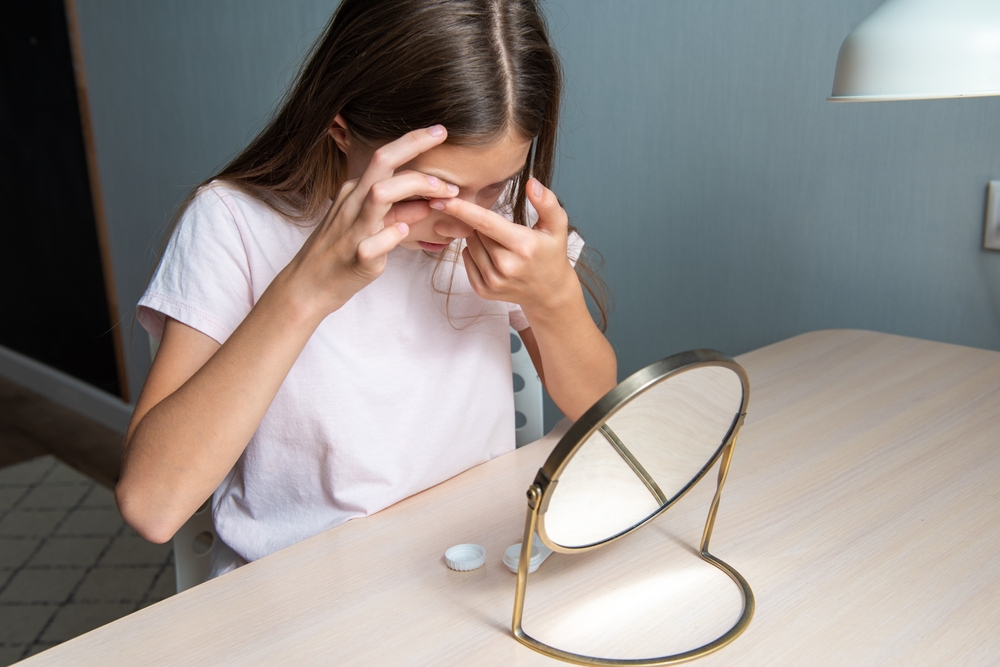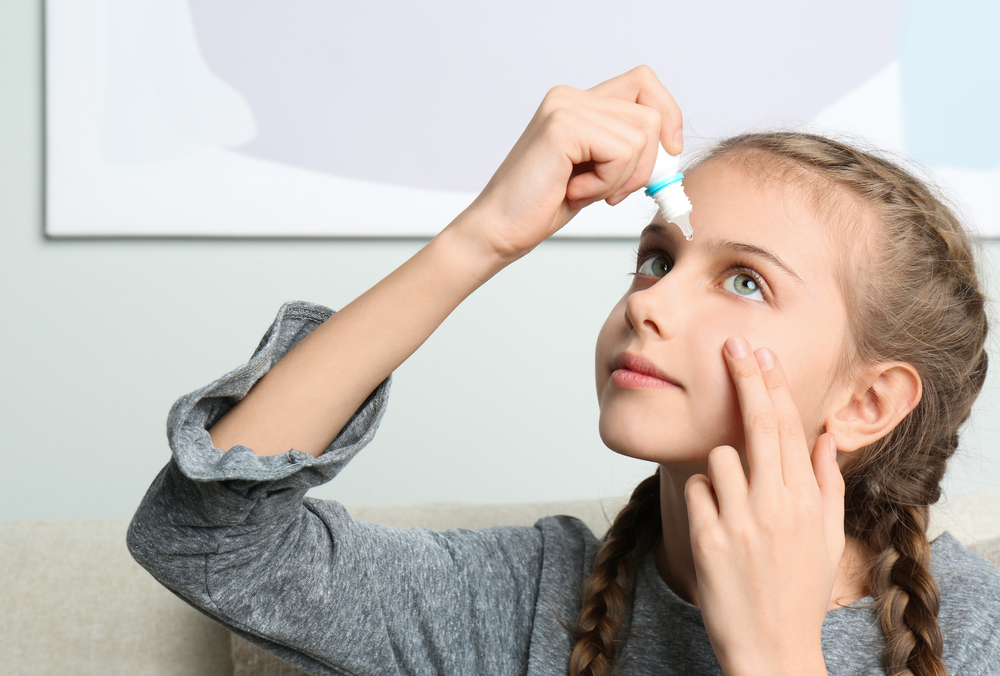Myopia control involves various strategies designed to slow the progression of nearsightedness (myopia) in children and adolescents. Key approaches include specialized contact lenses, such as orthokeratology (Ortho-K), which are worn overnight to reshape the cornea, and multifocal lenses that help reduce eye strain during near work. Atropine eye drops, particularly in low doses, have also been shown to effectively slow myopia progression.
In myopia management, we evaluate each individual myope to determine the most effective treatment tailored to their specific needs.
MiSight® contacts are the first and only soft contact lenses that are FDA-approved to slow the progression of myopia in children 8-12 years of age at the initiation of treatment. Misight® lenses feature a unique design with central areas for clear vision and peripheral zones that create myopic defocus. This helps reduce the eye’s growth and slows the progression of myopia.


Ortho-K, also known as Corneal Refractive Therapy (CRT) lenses are a type of specialized gas-permeable contact lens designed for overnight wear. They temporarily reshape the cornea to correct myopia (nearsightedness) while you sleep, allowing for clear vision during the day without the need for glasses or contact lenses.
Atropine drops are an eye medication used to manage myopia (nearsightedness) in children. The active ingredient, atropine, works by relaxing the eye’s focusing mechanism, effectively slowing myopia progression, especially when administered in low doses (0.01%).
Typically applied once daily, common side effects include light sensitivity and blurred near vision, but these are generally minimal at lower concentrations. Research shows that atropine drops are effective in reducing myopia progression, making regular follow-ups with the eye doctor important for monitoring and adjusting treatment as needed.


Research indicates that lifestyle changes can significantly contribute to myopia control. Increased outdoor time is linked to a lower risk of developing myopia and slower progression in those already affected, likely due to natural light exposure. Limiting screen time and near work, and implementing the 20-20-20 rule–taking a 20-second break to look at something 20 feet away every 20 minutes–can help reduce eye strain. Nutritional studies suggest that a diet rich in antioxidants and omega-3 fatty acids supports overall eye health and may lower myopia risk.
Style Optique is located in the fashion district at the
Arboretum of South Barrington. Contact us below to get started.
hello@styleoptique.com
100 W Higgins Rd, Suite E30
South Barrington, IL 60010
100 W Higgins Rd, Suite E30
South Barrington, IL 60010
Phone: 847-836-0108
Email: hello@styleoptique.com
Monday: Closed
Tuesday: 9am – 6pm
Wednesday: 11am – 6pm
Thursday: 9am – 6pm
Friday: 10am – 4pm
Saturday: 9am – 2pm
Sunday: Closed